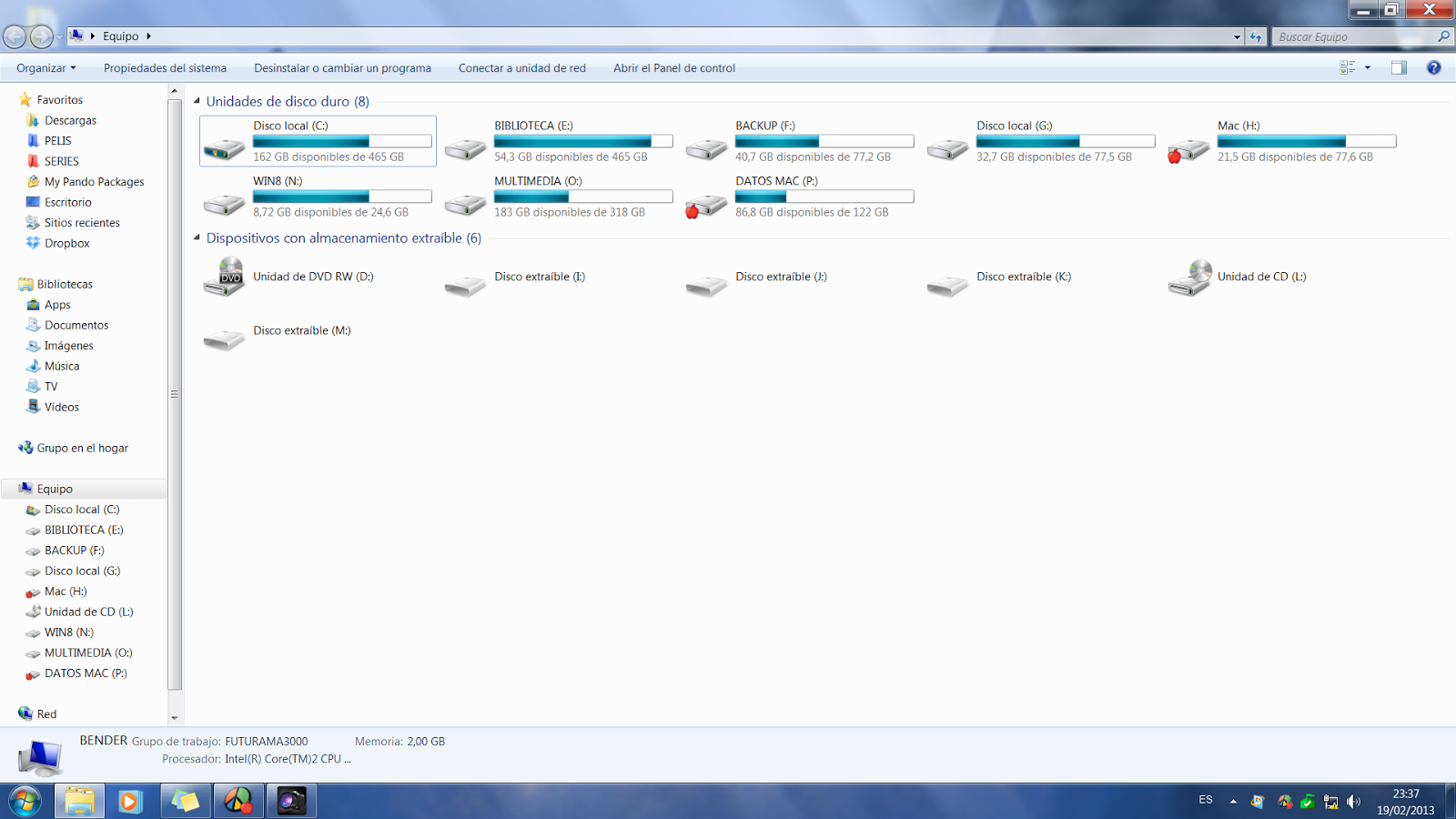

If you use exFat on osx, Kontakt is unable to browse those disks via it's own browser.

So I've learned to avoid USB HFS+ drives on Win7 when I can (since there's no way to tell what garbage cleaning/write duty cycle it's in) and wait a bit before actually removing a firewire/usb drive that's been ejected. I don't blame windows in this case, the error is in Paragon's driver not 'catching up' the write cache it's trying to do before allowing Windows to display the 'safe to eject' tooltip. USB keys can cause bsod and firewire drives sometimes taken down HFS+ (but leave Win7 up). Paragon's HFS+ for windows works as well, but I have some issues with ejecting HFS+ media from time to time. Mind you I've never actually HAD an ntfs drive in a corrupt state on my Mac Pro, but it's possible.

Other than the fact that with write caching enabled you can suffer data loss and there's no autocheck/diskchk under OSX to repair a bad NTFS volume (flagged as dirty), it works great. Paragon NTFS & NTFS3g (the open source codebase behind Paragon's ntfs driver) can write to NTFS volumes on OS X. Macs 'see' ntfs just fine, but by default 10.6 & 10.7 can only read ntfs, not write. See disadvantages.ĪirPort Extreme (802.11n) and Time Capsule do not support exFAT Supported in Mac OS X only in 10.6.5 or later.ĮxFAT partitions created with OS X 10.6.5 are inaccessible from Windows 7 To Read HFS+ (but not Write) from Windows, Install HFSExplorer To Read/Write HFS+ from Windows, Install MacDrive Required for Time Machine or Carbon Copy Cloner backups of Mac internal hard drive.

Native NTFS support can be enabled in Snow Leopard, but is not advisable, due to instability.ĪirPort Extreme (802.11n) and Time Capsule do not support NTFS Some have reported problems using Tuxera (approx 33USD). To Read/Write/Format NTFS from Mac OS X: Install NTFS-3G for Mac OS X (free) Read/Write FAT32 from both native Windows and native Mac OS X. Just some general information I found on various file systems:


 0 kommentar(er)
0 kommentar(er)
